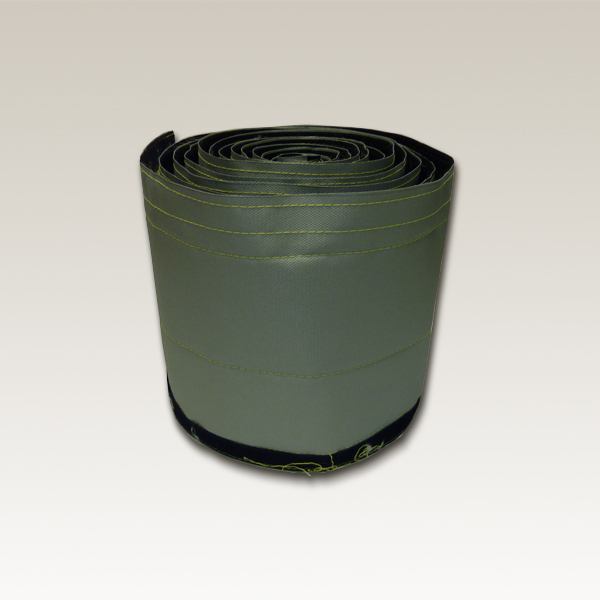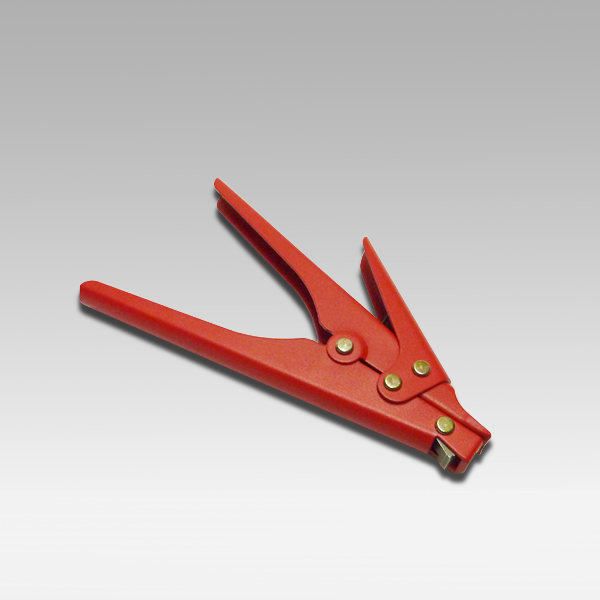JWrapTM Insulation for Hot Pipe Connections
Watch how quickly hot pipe connections are insulated, for reduced energy loss and increased worker safety.
What we are looking at is a common situation in an asphalt plant. We have a 6″ jacketed asphalt pipe joined together with a 4″ inline flange, as well as a 1 1/2″ hot oil jumper and flange.
These are often left uninsulated because they are hard to insulate. However, by not insulating them, it’s a safety issue. It’s a personnel issue. You can get badly burned in a second or two by contact. In addition to this, there’s a significant heat loss by not insulating it.
Materials used in this video
The reading that I’m currently getting is 198 degrees, off that 4″ hot oil pipe.
We are going to wrap it with a fiberglass blanket insert, and then cover it with an insulating wrap. Then, we are going to take a surface temperature reading in a minute or two.
What we are installing, right now, is a 1/2″ thick heavy density matte insulation which is covered by a water proof and weather resistant silicone coated glass cloth. It is cut to length and will fit any size inline flange. The material can also be used on hard to insulate items such as valves, flanges, pumps, basket strainers… It’s pretty much a universal product. And, it is easily installed. It’s quite efficient. It stops about 85% of the heat loss.
What I like about it is that it’s easily installed. That was less than 3 or 4 minutes!
When he’s finished with that we are going to insulate the 1 1/2″ hot oil jumpers and flange fittings.
79 degrees. The surface temperature was reduced by 120 degrees. Ordinarily, it’s even more than that.
The hot oil jumper will be hotter and more significant. That’s about 255 degrees. Once insulated, we will take another reading.







